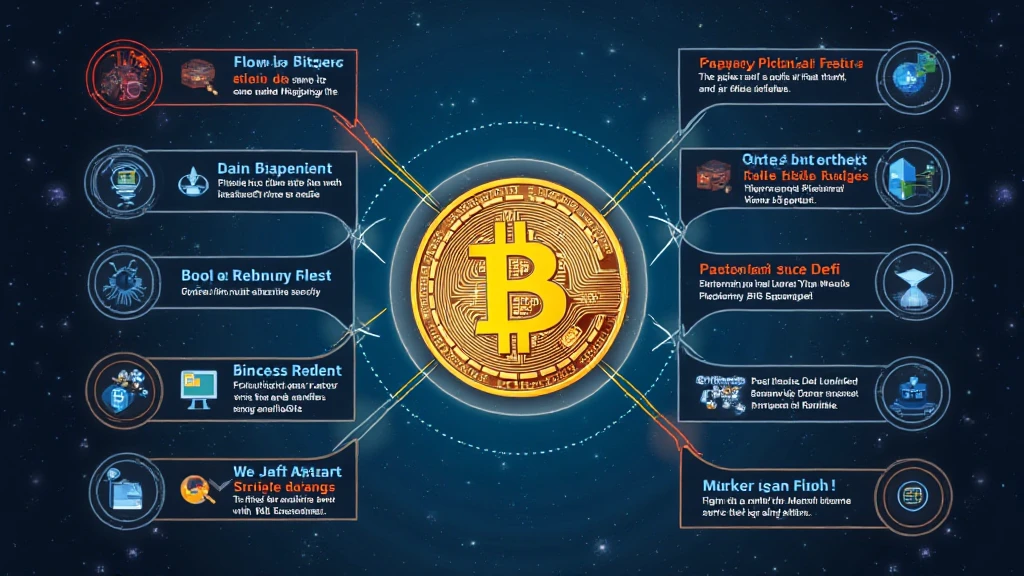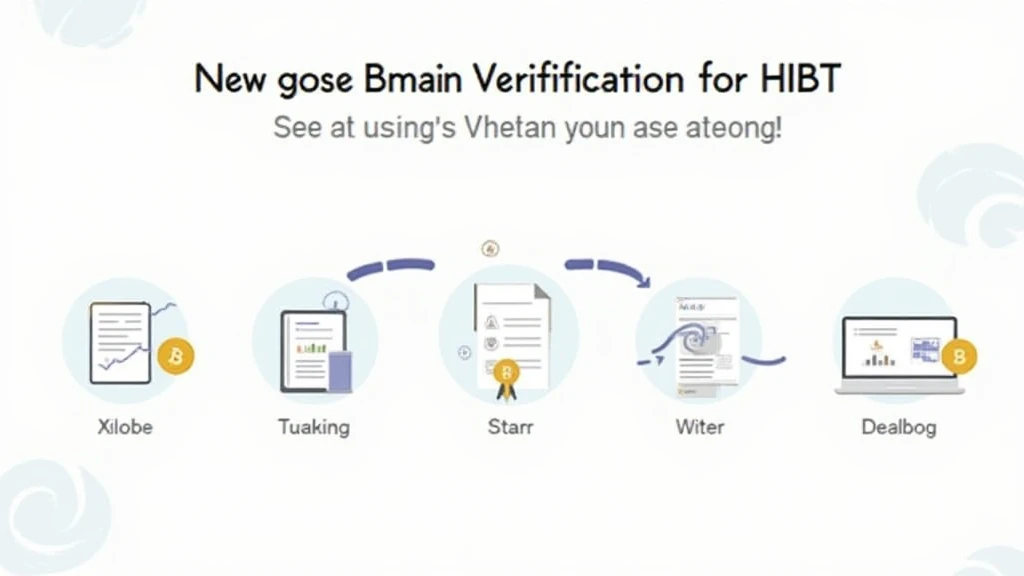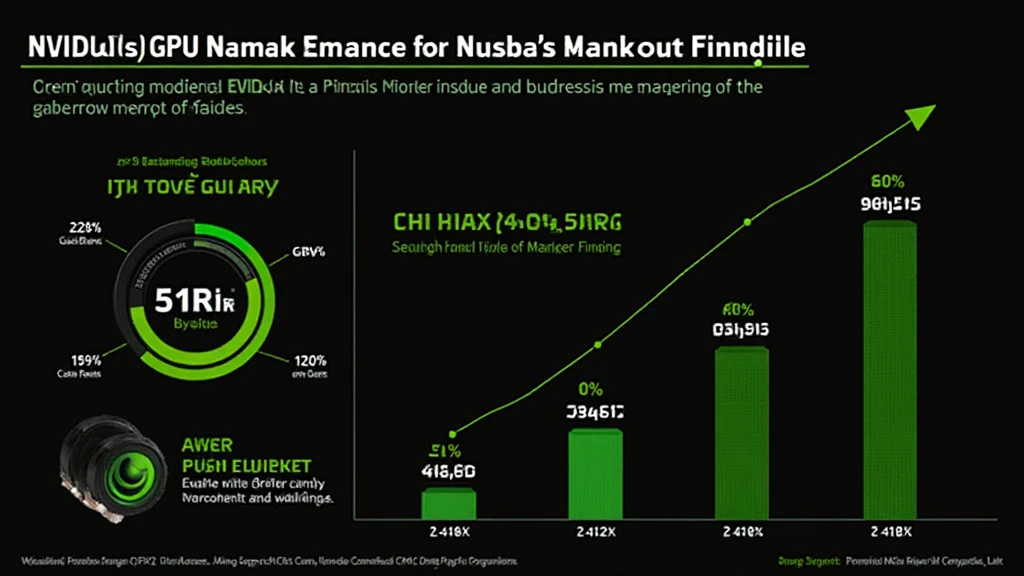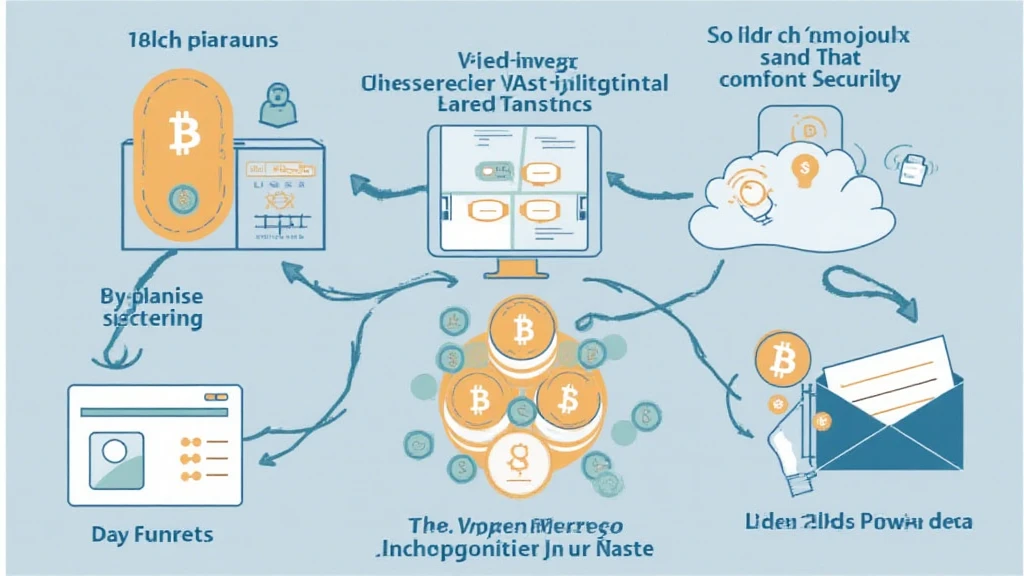Introduction
In 2024 alone, DeFi hacks accounted for more than $4.1 billion in losses. A significant portion of these attacks stem from vulnerabilities within flash loans, a novel financial instrument that has captured the attention of crypto enthusiasts and developers alike. As Bitcoin and decentralized finance (DeFi) continue to advance, understanding the implications of flash loan attacks is crucial for securing digital assets and ensuring the integrity of blockchain technology.
This article aims to provide insights into Bitcoin DeFi flash loan attacks, exploring their mechanisms, consequences, and offering strategies for mitigation. Our goal is to equip readers with the necessary knowledge to navigate the ever-evolving landscape of crypto security.
Understanding Flash Loans
Flash loans are a unique financial tool in the DeFi space, enabling users to borrow assets without requiring collateral, provided the loan is repaid within a single transaction block. While this creates opportunities for innovative financial strategies, it also opens the door to exploitable vulnerabilities.

Consider a bank vault: it offers security for your assets, but if there’s a way to break in without triggering an alarm, thieves might find it tempting. Similarly, flash loans can be exploited by savvy attackers, making the need for robust security practices paramount.
How Flash Loans Are Exploited
- Market Manipulation: Attackers can artificially inflate or deflate asset prices by executing a flash loan, allowing them to profit from the difference.
- Liquidation Attacks: By quickly borrowing funds to liquidate under-collateralized positions, attackers can destabilize DeFi platforms.
- Smart Contract Vulnerabilities: Poorly audited smart contracts can allow attackers to exploit the conditions surrounding flash loans.
Real-World Examples of Flash Loan Attacks
To illustrate the impact of these attacks, let’s take a look at a few high-profile incidents:
- bZx Hack (2020): This attack saw over $1 million exploited through manipulated price oracles, demonstrating the ease with which attackers can exploit DeFi protocols.
- Alpha Homora (2021): Utilizing flash loans, an attacker drained $37 million from the protocol by executing a sophisticated arbitrage strategy.
- Cream Finance (2021): A flash loan attack resulted in a $19 million loss, further highlighting the vulnerabilities present in smart contracts.
Impact on Bitcoin and DeFi Ecosystem
These attacks don’t just lead to financial losses; they erode trust in the DeFi ecosystem. Users may become hesitant to engage with platforms perceived as insecure. As Bitcoin adoption grows significantly in markets like Vietnam, where crypto users saw an increase of 63% from 2022 to 2023, ensuring robust security standards becomes increasingly vital.
Strategies to Mitigate Flash Loan Risks
Preventing flash loan attacks requires a multi-faceted approach. Here are key strategies to enhance security:
- Regular Audits: Conduct thorough audits of smart contracts before launch and periodically after deployment to identify vulnerabilities that could be exploited.
- Price Oracle Security: Use decentralized and secure oracles to minimize the risk of price manipulation.
- Limitations on Flash Loans: Implement restrictions on the amount of capital that can be borrowed within a single transaction to reduce the scale of potential attacks.
- Incorporate Insurance Solutions: Engage with DeFi insurance platforms that offer coverage against smart contract failures and exploits.
Future Trends in DeFi Security
Looking ahead, the DeFi landscape is likely to evolve in response to these security challenges. Innovations such as better auditing tools, decentralized insurance, and improved governance models can play a crucial role in enhancing user safety. As we draw closer to 2025, it’s essential to remain vigilant and proactive in adopting these technologies.
Decentralization of Security Protocols
More projects will begin to incorporate decentralized security measures. This approach can distribute risk and promote a collaborative stance on security, creating a community-driven layer of protection for digital assets.
Integration with Traditional Finance
The growing intersection of DeFi and traditional financial systems may result in enhanced regulatory scrutiny. This could lead to improved standards and practices that protect users while enabling innovation.
Conclusion
Bitcoin DeFi flash loan attacks represent a significant challenge within the rapidly evolving cryptocurrency landscape. By understanding the mechanisms behind these attacks and implementing effective mitigation strategies, users can better protect themselves against risks. With the rise of decentralized finance in markets such as Vietnam, where crypto adoption is thriving, fostering secure practices must be a collective priority for projects and users alike.
To stay informed and equipped for the future, consider resources like hibt.com, which provide tools and insights aimed at enhancing blockchain security.
As we navigate through 2025, the importance of robust security measures has never been more critical for ensuring trust in the Bitcoin and DeFi ecosystem.
Author: Dr. Pham Minh, an expert in blockchain security and DeFi, has authored 12 scholarly papers and led security audits for numerous notable projects.





